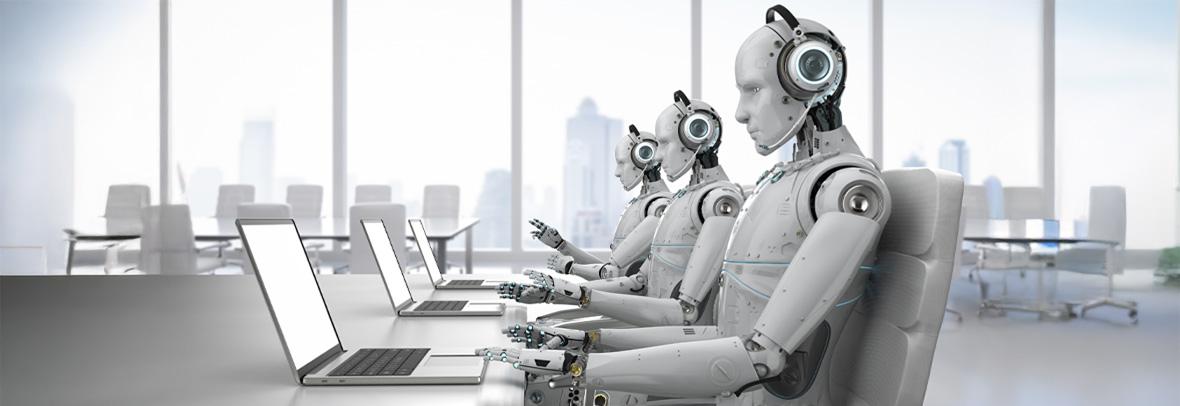
Next Commercial Niche Market? Robot Factories
A 70K-square-foot robot factory opening in Oregon may be the first entry for a niche that will one day rival the automobile industry.
SALEM, Oregon – Our robotic future is getting closer as the U.S.-based company Agility Robotics announced it will open the world’s first humanoid robot factory next year. CEO Damion Shelton calls it the ‘RoboFab,’ a 70,000-square-foot facility that will mass produce its first humanoid robots called Digit. Also, CNBC says it will manufacture 10,000 units annually.
Technological trends are becoming more exciting than ever as we realize more science fiction concepts like humanoid robots. Even better, we’ve built them to fulfill their ideal purpose: performing jobs that are too repetitive and hazardous for humans. Soon, Digit bots could take over back-breaking and grueling work so that workers could find more fulfilling jobs.
This article will discuss how the RoboFab and its Digit bots would function. Later, I will compare it to other robotics programs from NASA and Tesla.
How would the robot factory work?
RoboFab will employ over 500 workers to produce thousands of the humanoid automaton, Digit. Afterward, some of these bots will work at Agility Robotic’s other locations.
The humanoid robots can walk on two legs, which are surprisingly more nimble than similar machines. Also, Digits could raise or lower their torsos to reach shelves. These bots can climb stairs, crouch into tight spaces, unload boxes, move materials, and sort them into pallets. As a result, these qualities enable these automatons to work in environments unsuitable for other machines.
Watch Agility’s YouTube video, and you may notice something odd about the hands. They have clamps or mittens instead of a hand with articulated fingers. CEO Damion Shelton says the company intended that design because robotics hands aren’t necessary for lifting objects in a warehouse or factory. “Human-style hands are very complex,” the co-founder said. “When I see robots that have five fingers, I think, ‘Oh, great. Someone built a robot, then they built two more robots onto that robot.” You should have a “hand” that is no more complex than you need for the job,’ he added.
CNBC asked Agility Robotics if its technology could “steal jobs” from people. The CEO claimed many warehouse and factory workers retire or leave the industry. His Digits could help logistics and manufacturing companies to meet rising demand. Also, these bots could work as “robotic co-workers” and “fill millions of unmet roles that human beings don’t want.”
How far has robotics progressed?
This year has been a rapid-fire showcase of robotics projects worldwide. For example, Boston Dynamics shared a video of its Atlas bot helping at a construction site at the start of 2023. A worker asked the humanoid robot to hand over his toolbox. In response, Atlas grabbed the tools and traversed over several obstacles and scaffolds until he reached the worker. To top it all off, Atlas ended his demonstration by performing a backflip off an elevated platform!
In July, NASA announced its Optimus bot will oversee oil rigs at an energy firm in Western Australia. It will ensure infrastructure and the environment is safe for workers. In exchange, Woodside Energy will provide data to the space agency to further improve the bot.
Soon, NASA plans to deploy Optimus to assist in future space missions. In August, China declared it made the ‘world’s first mass-produced humanoid robot.’
During the World Artificial Intelligence Conference in Shanghai, Chinese robotics firm Fourier Intelligence unveiled the GR-1 bot. South China Morning Post says the bot can walk on two legs at 5km an hour while carrying a 50kg load. Unlike the US-based humanoid robot, the GR-1 performs beyond factory and warehouse tasks. Co-founder Zen Koh said, “As we move forward, the entire GR-1 could be a caregiver, could be a therapy assistant, can be a companion at home for the elderly who stay home alone.
“We can program it to sit, stand, and jump. You can program the arms to pick up utensils and tools and perform tasks as the engineers desire,” Koh added.
© 2023 Philippine Daily Inquirer
